

Lag bolts for wood are heavy-duty fasteners used to secure wood to wood, or wood to other materials. They are known for their strength and ability to withstand significant shear and tension forces. This guide provides a detailed overview of lag bolts for wood, covering their types, sizes, applications, installation techniques, and factors to consider when selecting the right bolt for your project. Whether you're a seasoned carpenter or a DIY enthusiast, understanding lag bolts for wood is crucial for ensuring the stability and longevity of your wooden structures.Understanding Lag Bolts for WoodWhat are Lag Bolts for Wood?Lag bolts for wood, sometimes called lag screws, are large, heavy-duty screws with a pointed end and a square or hexagonal head. They are designed to be driven into wood or other materials, providing a strong and secure connection. Unlike machine screws, which require a pre-tapped hole, lag bolts for wood create their own threads as they are driven in, making them ideal for use in wood applications.Materials and FinishesLag bolts for wood are commonly made from carbon steel, stainless steel, or alloy steel. The choice of material depends on the application and the level of corrosion resistance required. Carbon Steel: Offers high strength but is prone to rust. Often coated with zinc or other protective finishes. Stainless Steel: Provides excellent corrosion resistance and is ideal for outdoor or marine applications. Alloy Steel: Offers superior strength and durability but may be more expensive.Finishes such as zinc plating, hot-dip galvanizing, and black oxide are commonly applied to carbon steel lag bolts to improve their corrosion resistance.Types of Lag Bolts for WoodWhile the basic design of a lag bolt remains consistent, variations exist to suit different applications. The primary differences lie in the head type and thread design.Head Types Hex Head: The most common type, offering a large bearing surface and easy tightening with a wrench or socket. Square Head: Provides a secure grip for tightening and is often used in historical or rustic applications. Round Head: Used when a low-profile head is desired. Typically requires a washer for proper load distribution.Thread DesignLag bolts for wood feature coarse threads designed to grip tightly into wood. The thread design ensures a strong hold and prevents the bolt from backing out over time.Sizes of Lag Bolts for WoodLag bolts for wood are available in a wide range of sizes to accommodate various applications. Sizes are typically specified by diameter and length, both measured in inches.DiameterCommon diameters range from 1/4 inch to 1 inch or larger. The appropriate diameter depends on the load-bearing requirements of the application.LengthLengths can vary from 1 inch to 12 inches or more. The length should be sufficient to penetrate deeply into the wood and provide a secure hold. Consider the thickness of the materials being joined when selecting the appropriate length.Applications of Lag Bolts for WoodLag bolts for wood are versatile fasteners used in a wide array of applications, including: Deck Construction: Securing deck boards to joists and posts. Timber Framing: Connecting large timbers in post-and-beam construction. Furniture Building: Joining wooden components in furniture design and assembly. Landscaping: Anchoring landscape timbers and retaining walls. General Construction: Fastening wood to wood or wood to other materials in various building projects.Did you know that Hebei Muyi Import&Export Trading Co.,Ltd provides high-quality lag bolts for wood?Installation Techniques for Lag Bolts for WoodProper installation is crucial for ensuring the effectiveness of lag bolts for wood. Follow these steps for a secure and reliable connection: Drill a Pilot Hole: Use a drill bit that is slightly smaller than the shank of the lag bolt. This will prevent the wood from splitting and make installation easier. Refer to specific product guides for the recommended drill bit size for each lag bolt. Insert the Lag Bolt: Place the lag bolt through the materials being joined and into the pilot hole. Tighten the Lag Bolt: Use a wrench or socket to tighten the lag bolt until it is snug but not overtightened. Overtightening can strip the threads or damage the wood.Pro Tip: Applying wax or lubricant to the threads of the lag bolt can make installation easier, especially in hardwoods.Factors to Consider When Selecting Lag Bolts for WoodChoosing the right lag bolt for your project is essential for ensuring a strong and durable connection. Consider the following factors: Load Requirements: Determine the amount of weight or force the lag bolt will need to support. Choose a diameter and length that can handle the load. Wood Type: Hardwoods like oak and maple require larger pilot holes and more torque to drive the lag bolt. Softwoods like pine and cedar are more susceptible to splitting. Environmental Conditions: If the application is exposed to moisture or corrosive elements, choose stainless steel lag bolts or those with a corrosion-resistant finish. Aesthetics: Consider the appearance of the lag bolt head. Choose a head type and finish that complements the overall design of your project. Example of Lag Bolt Load Capacity (Approximate) Diameter (inch) Length (inch) Approximate Shear Strength (lbs) Approximate Tensile Strength (lbs) 1/// *These values are approximate and can vary based on wood type, installation, and other factors. Always consult with a structural engineer or qualified professional for critical applications.Common Problems and SolutionsEven with careful planning and installation, problems can sometimes arise when working with lag bolts for wood. Splitting Wood: Ensure you are using the correct pilot hole size. Reduce the torque if the wood starts to split. Stripped Threads: Avoid overtightening the lag bolt. If the threads are stripped, replace the bolt with a larger size or use a thread repair kit. Corrosion: Choose corrosion-resistant materials and finishes for outdoor applications. Regularly inspect and maintain lag bolts to prevent rust.ConclusionLag bolts for wood are essential fasteners for a wide range of construction and woodworking projects. By understanding their types, sizes, applications, and installation techniques, you can ensure a strong and reliable connection in your wooden structures. When selecting lag bolts, consider the load requirements, wood type, environmental conditions, and aesthetics of your project. For more information about high-quality lag bolts for wood, visit Hebei Muyi Import&Export Trading Co.,Ltd today.

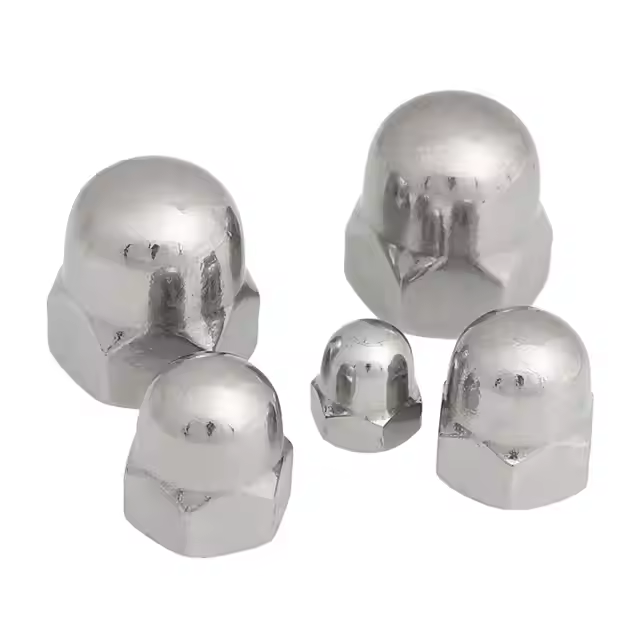
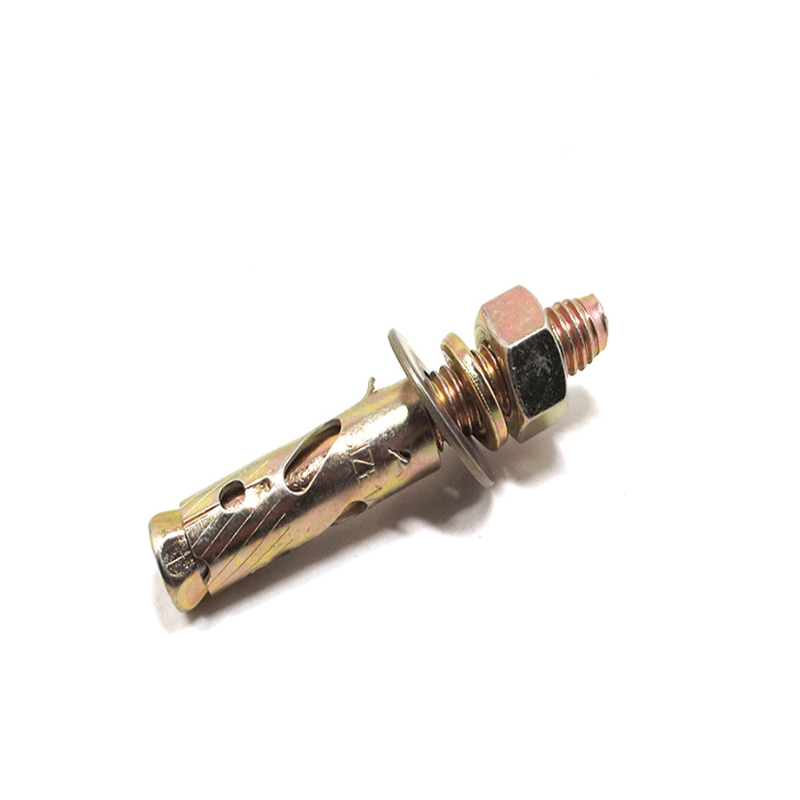
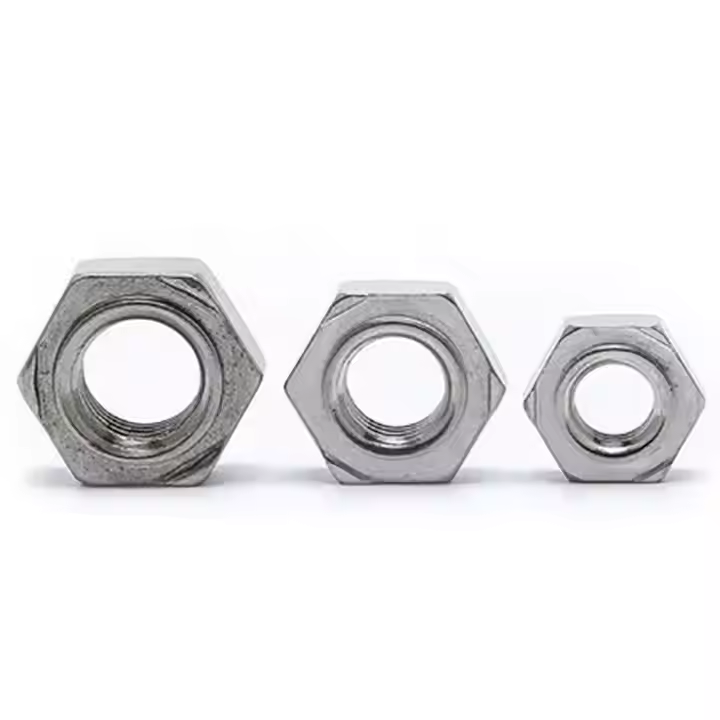



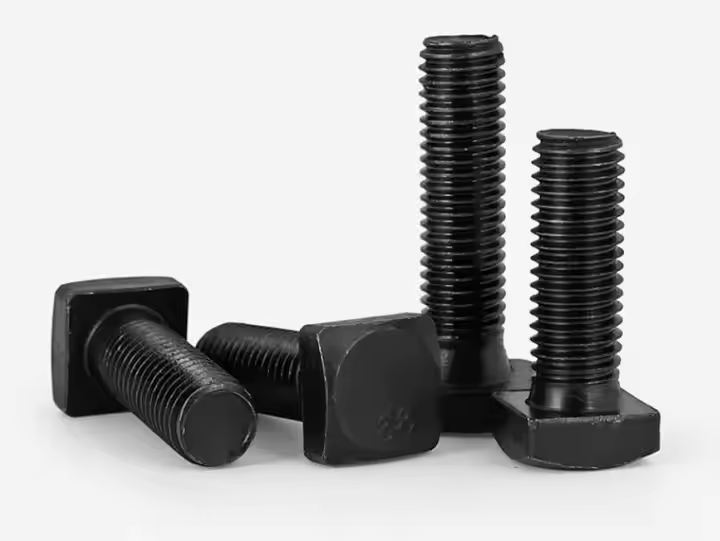
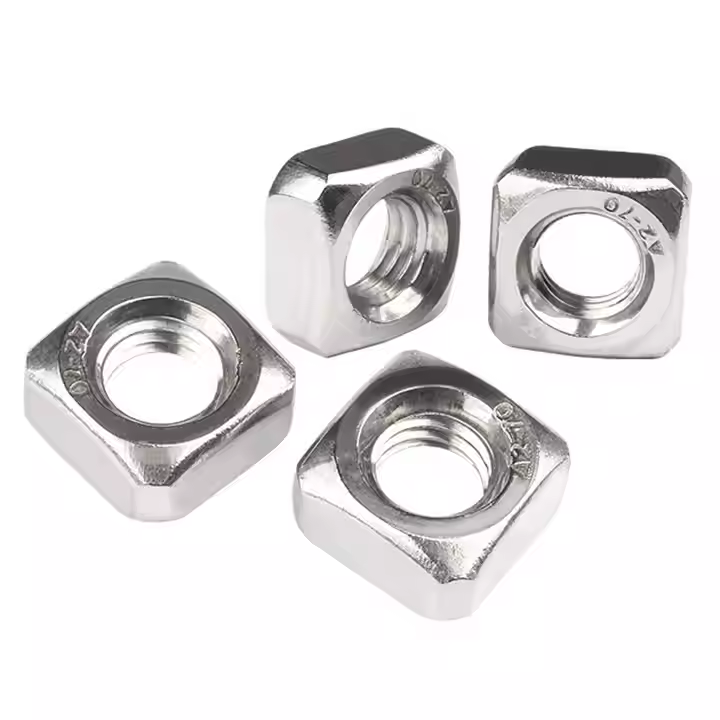

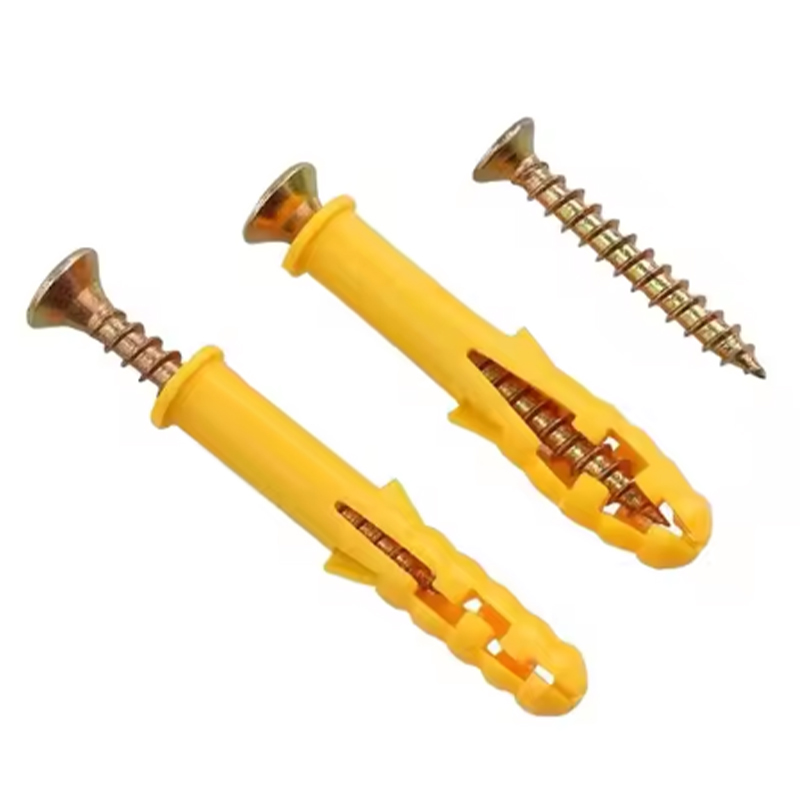

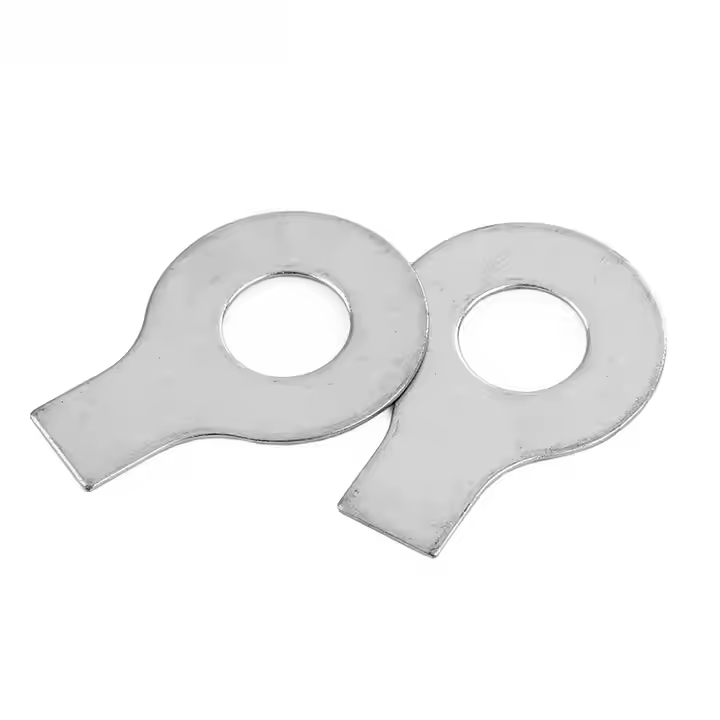
Please enter your email address and we will reply to your email.